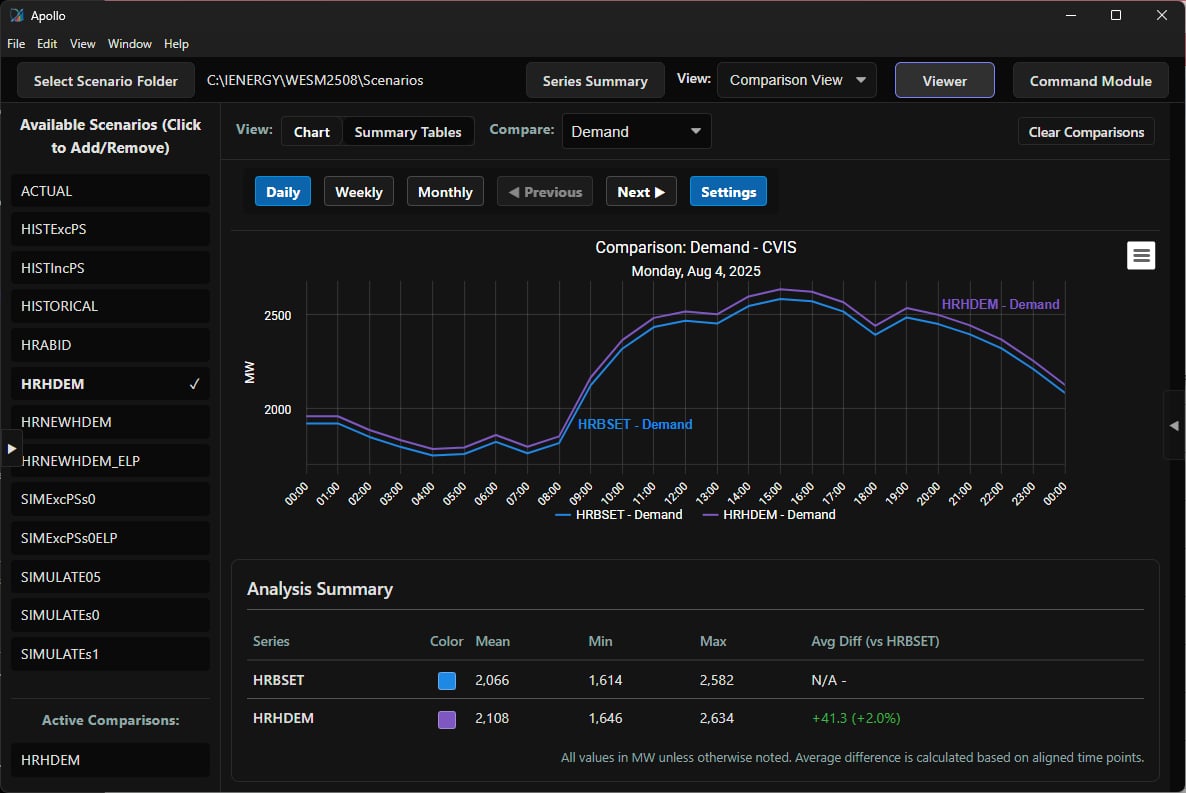Our features
Built for energy markets. Backed by real-world modelling.
Load Forecasting
Predict energy demand patterns and plan supply with confidence.
Automated reports
Generate powerful insights from real-time and historical market data.
Scenario Modelling
Test energy contracts and simulate risk with lightning-fast what-if analysis.
Price Forecasting
Project market prices with accuracy to stay ahead of volatility.
Weather Integration
Model renewable output based on forecast weather and climate data.
Visual Dashboards
Explore simulation results and market trends in a clean, interactive UI.
Why TechCode
What makes us stand from the rest
Lorem ipsum dolor sit amet consectetur eros sodales est mi lectus habitant auctor pharetra hendrerit elementum.

Scenario Modelling / What‑If Simulations
Stress-Test Contracts
Simulate how price spikes, outages, or new conditions impact your portfolio.
Predict Market Reactions
Model different outcomes over days, months or even years into the future.

Historical Data Aggregation & Automated Analysis
Smart Error Detection
Instantly flag inconsistencies across datasets and keep simulations market-aligned.
One-Click Reports
Aggregate and analyse years of energy data with automated reporting tools.

Load Profiling & Load Forecasting
Forecast Energy Demand
Build load profiles to understand customer usage patterns with precision.
Plan for Supply & Demand
Model peak periods and low loads to better manage generation and buying.

Accurate Price Forecasting
Project Price Trends
Use historical and real-time data to forecast short and long-term pricing.
Reduce Financial Risk
Support trading and contract strategies with price prediction insights.

Weather Data Integration for Renewables
Simulate Renewables Output
Integrate forecast data for solar and wind to predict generation shifts.
Adapt to Climate Events
See how weather impacts your capacity to meet energy commitments.
.png)